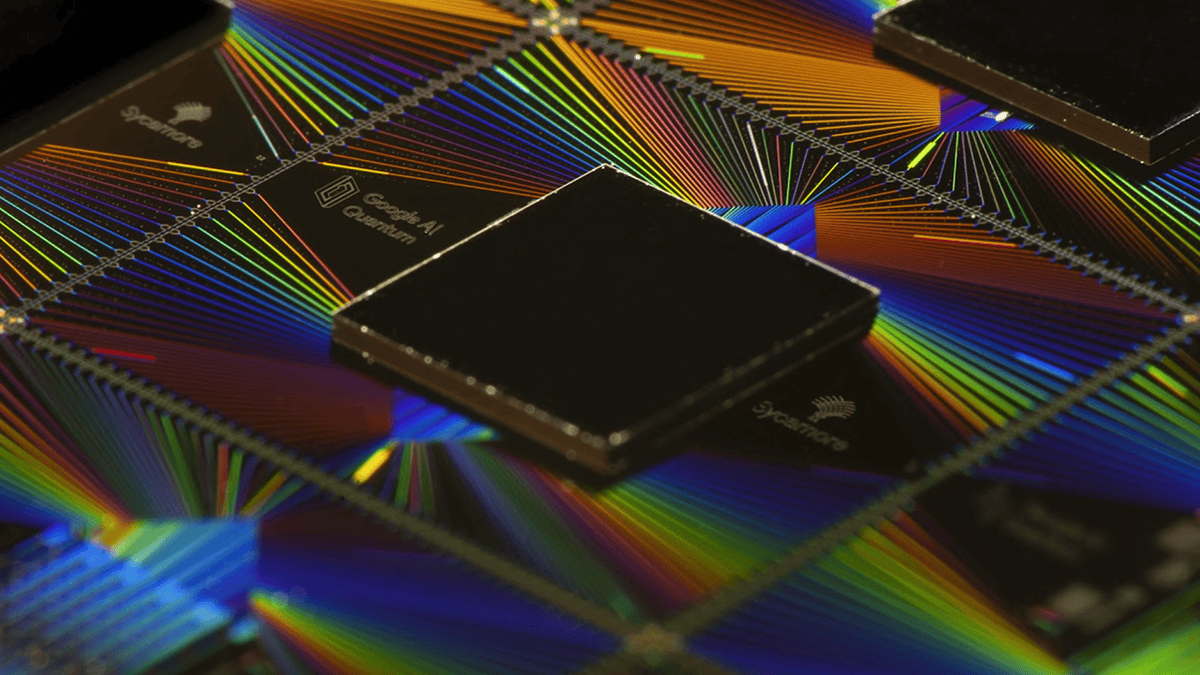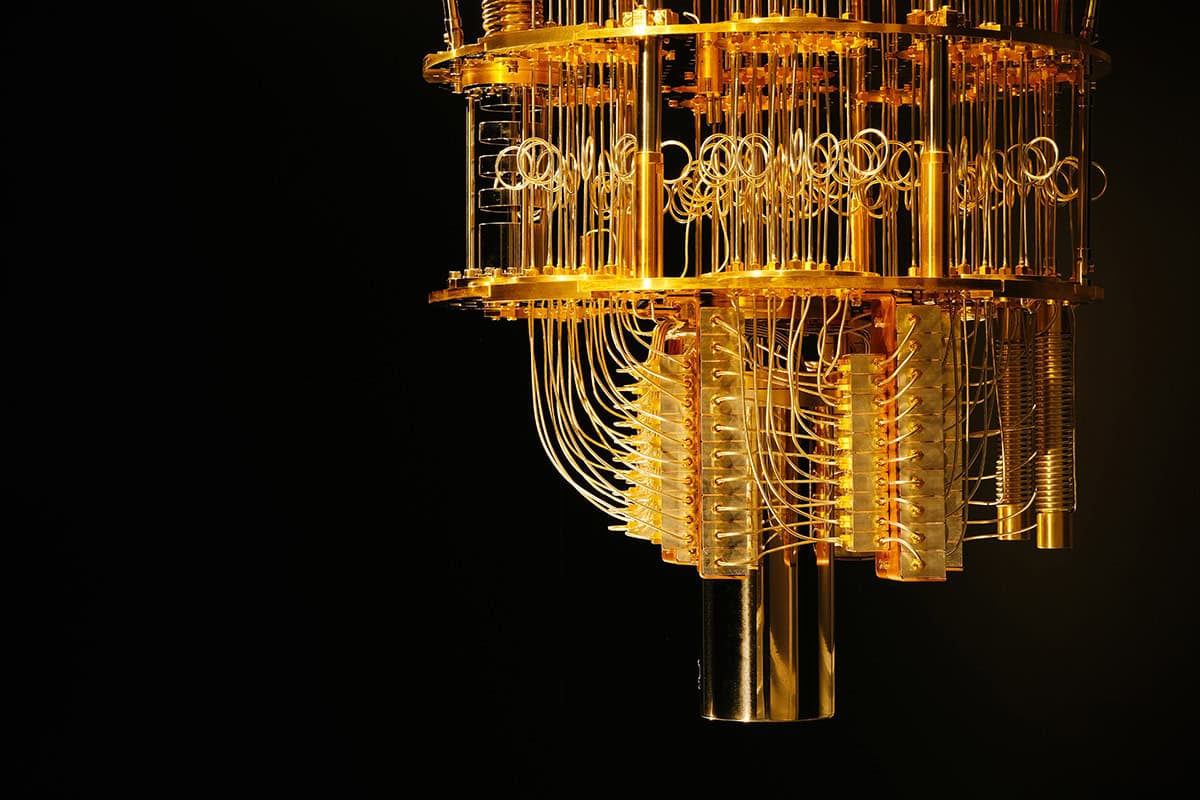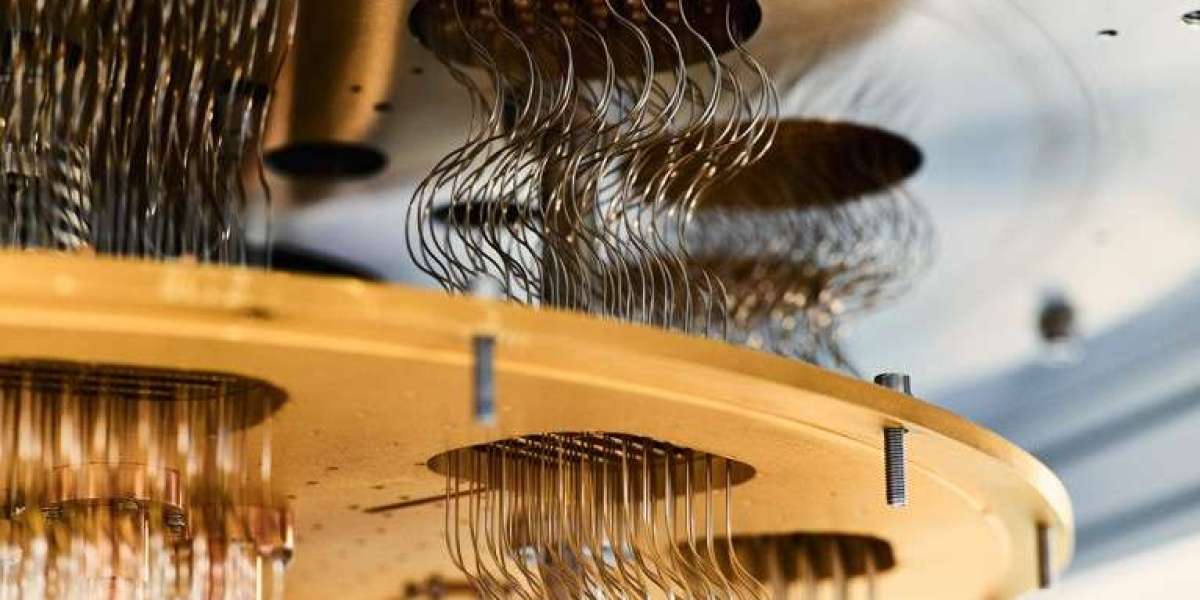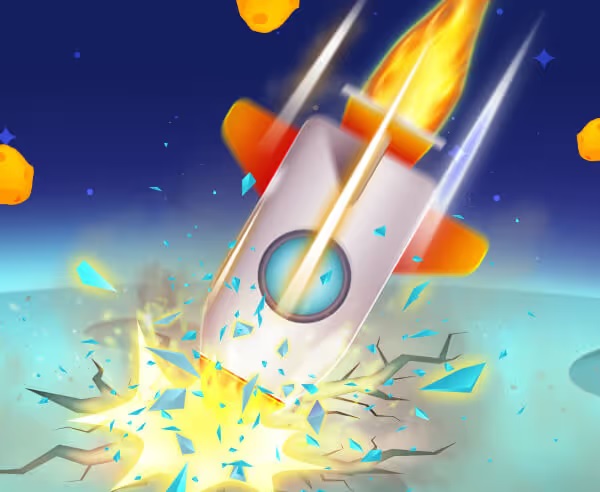article image source: nature.com (link)
A New Era in Computing
For decades, computers have followed the same fundamental logic — information encoded in bits, represented as either 0 or 1. But a new wave of innovation is challenging that paradigm. Quantum computing, powered by the strange laws of quantum mechanics, offers a completely new way to process information — one that could redefine what’s possible in science, industry, and technology.
advertisement
Once dismissed as a far-off dream, quantum computing is now a rapidly growing field. Around 400 companies across the world are working to develop quantum technologies, from hardware and software to quantum networks. Major players like IBM, Google, Amazon, and Microsoft are joined by specialized startups such as IonQ, Rigetti, PsiQuantum, and QuEra, each betting on different approaches to harness the quantum world. Global investment in quantum technology has surpassed $55 billion, with more than 30 governments launching national programs to compete in what some call the “second quantum revolution.”

Representation of a bit from classical as well as quantum computer. image Source: researchgate.net
How Quantum Computers Work
At the heart of a quantum computer lies the qubit, the quantum version of the classical bit. Unlike a bit, which can only be 0 or 1, a qubit can exist as both 0 and 1 at the same time — a phenomenon known as superposition. When multiple qubits interact through entanglement, they can represent and process vast amounts of data in parallel. This property enables quantum computers to tackle problems that would take classical machines millennia to solve.
To make this possible, qubits are built from delicate physical systems: superconducting circuits cooled near absolute zero, trapped ions held in electromagnetic fields, neutral atoms manipulated by lasers, or even photons traveling through optical fibers. Each platform has strengths and weaknesses — some are faster, some are easier to scale, others are more stable. As Michael Cuthbert of the UK’s National Quantum Computing Centre put it, “There will not be a single architecture that wins; the best platform will depend on the task.”
But qubits are extremely fragile. A single interaction with the environment can destroy their quantum state — a problem known as decoherence. Current devices are prone to frequent errors, limiting their reliability. This period of development, known as the NISQ (Noisy Intermediate-Scale Quantum) era, is focused on improving error rates and finding ways to correct mistakes using quantum error correction, which encodes one logical qubit into many physical ones. As Amazon’s Oskar Painter explains, “To protect one qubit of information, we may need a thousand physical qubits.”
This challenge highlights why today’s quantum computers aren’t ready to replace classical systems. Instead, they will complement them — performing tasks such as molecular simulations, material design, or cryptographic analysis that are beyond classical reach.

Supremely superconducting An array of Google’s 53-qubit Sycamore chips that are made up of high-fidelity quantum logic gates.
(Courtesy: Google AI Quantum) - image source: physicsworld.com
Quantum Advantage — and the Race to Achieve It
The holy grail of the field is achieving quantum advantage — when a quantum computer outperforms the best classical supercomputers on a meaningful problem. In 2019, Google first claimed to have achieved this milestone, and in 2025, it announced a new advance with its “quantum echoes” algorithm. Using its 105-qubit Willow chip, Google’s team simulated small molecules and analyzed their structures, showing promise for future applications in chemistry and materials science.
However, many scientists remain cautious. Researchers like Dries Sels of New York University have questioned whether these experiments truly surpass what classical algorithms can do, warning that the burden of proof should remain high. Even supporters admit that practical, commercially relevant quantum advantage may still be years away.
Yet the momentum is undeniable. Every new experiment refines our understanding of how to build better qubits, control errors, and connect quantum processors into scalable networks. Some of the most exciting developments include neutral-atom arrays that can host thousands of qubits and photonic systems that could operate at room temperature.
Industry, Governments, and the Quantum Economy
The race for quantum supremacy isn’t confined to labs. It’s an economic and geopolitical contest. The U.S., Europe, China, and dozens of other nations are investing heavily in quantum technologies. Reports suggest the U.S. government is even considering direct investments in firms like IonQ and Rigetti Computing, recognizing the strategic importance of quantum capabilities for defense, cybersecurity, and scientific leadership.
For industry, the stakes are equally high. Finance companies such as JPMorgan Chase and Goldman Sachs are exploring quantum algorithms to optimize portfolios. Pharmaceutical firms hope to simulate molecules to accelerate drug discovery. Engineering giants like Airbus envision quantum-powered simulations for materials and aerodynamics.
Meanwhile, Big Tech is investing billions. Amazon Web Services, Microsoft Azure, and IBM Cloud now offer access to quantum processors through the cloud, democratizing experimentation and training a new generation of quantum developers.

Building up Quantum computing behemoth IBM says that by 2029, its fault-tolerant system should accurately run 100 million gates on 200 logical qubits, thereby truly achieving quantum advantage.
(Courtesy: IBM) - image source: physicsworld.com
Research and the Road Ahead
Academic and industrial research is moving swiftly on multiple fronts. Efforts at institutions like Inria focus on algorithm design, hardware innovation, and post-quantum cryptography — ensuring data remains secure in a world where quantum computers could one day break today’s encryption methods. Scientists are also exploring quantum networks, where information is transmitted via entangled photons to form the backbone of a future quantum internet.
Despite the hype, experts caution patience. “We are right on the cusp of scientific quantum advantage,” says physicist Ashley Montanaro of Phasecraft. “But we haven’t yet reached practical quantum advantage.” The gap between demonstration and deployment remains large — but narrowing fast.
Conclusion: A Future Entangled with Possibility
Quantum computing represents one of the most profound technological shifts in human history. It challenges not just how we build computers, but how we think about computation itself. From modeling the complex chemistry of life to optimizing logistics for a sustainable planet, the potential applications are transformative.
But beyond speed or power, the real promise of quantum computing lies in collaboration — between physicists and engineers, startups and governments, classical and quantum machines. As we continue to explore this new frontier, quantum computing reminds us that innovation often begins in uncertainty — and that sometimes, being in two states at once is exactly where progress happens.
Sources
Physics World – “Quantum computing on the verge: a look at the quantum marketplace of today” (2025).
Inria – “How is research shaping the future of quantum computing?” (2025).
Thank you !
















































